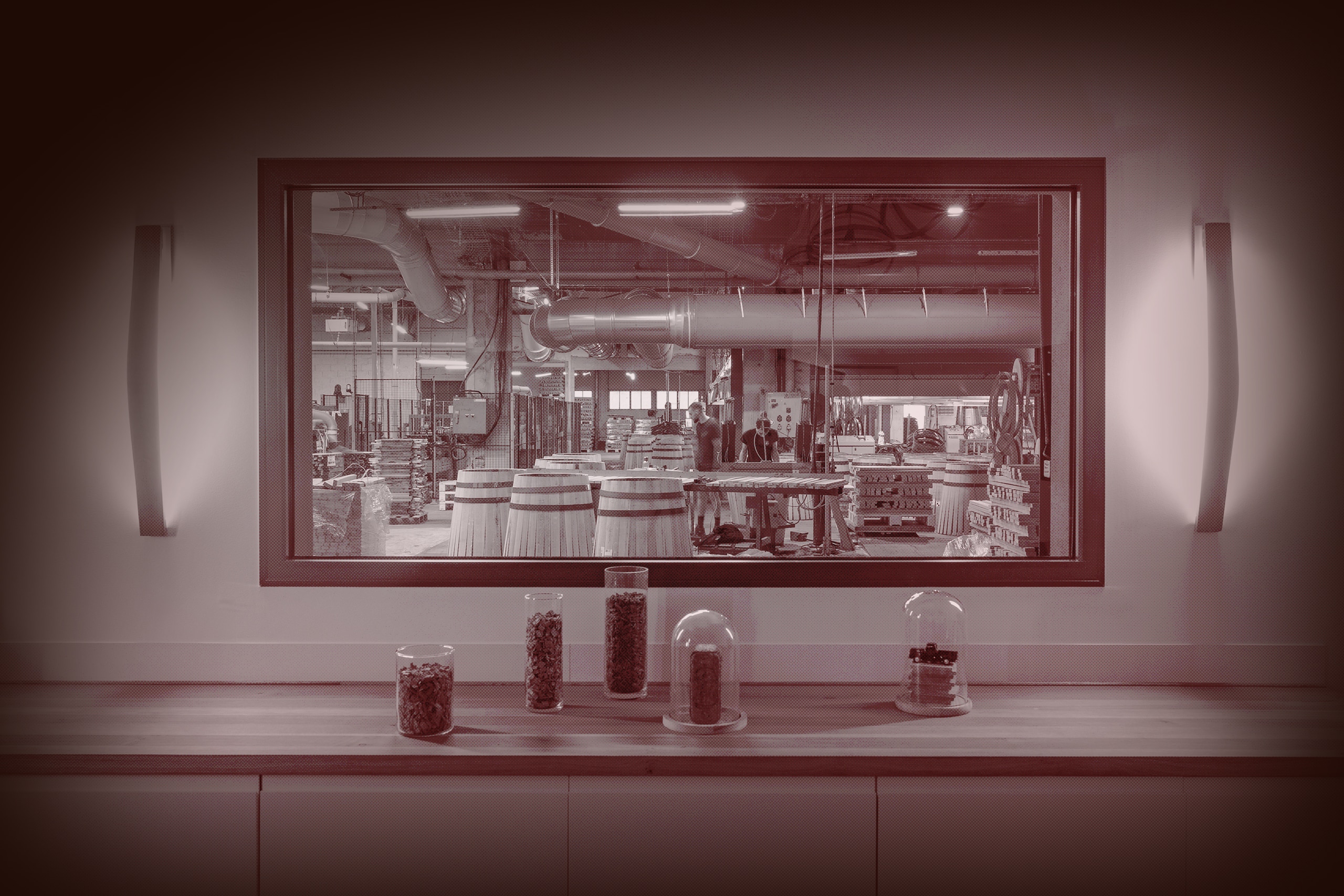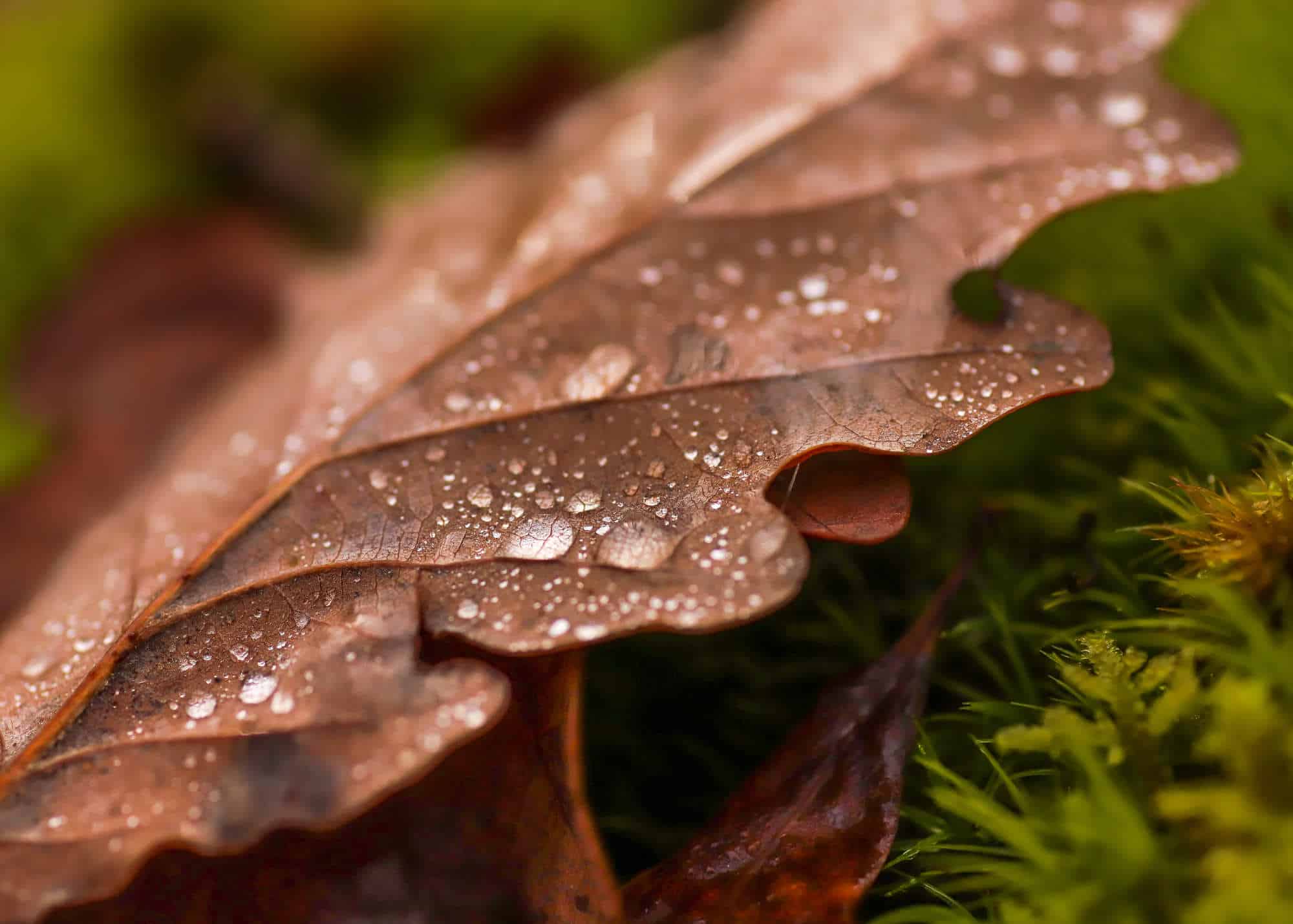
A cooperage combining craftsmanship and innovation in Cognac.

Seeking excellence in sufficiency. Carbon footprint and CSR commitments are the cornerstones of our research to create the barrels of the future.
FIND OUT MOREBarrels from 114 to 600L, large containers 100% french oak, alternatives products: at SEGUIN MOREAU, you’ll find quality products, benefiting from the latest scientific knowledge, designed for maturing wines and spirits.